Shrimp farming is one of the fastest-growing sectors of aquaculture in Mexico. Mexico is one of the world’s top producers of shrimp. The country has a long coastline and plenty of warm, salt-free water. Shrimp farming in Mexico is a very profitable industry, employing many people.

How to Start Shrimp Farming in Mexico
Benefits of Shrimp Farming in Mexico
- The shrimp farming industry has been growing rapidly in Mexico over the past few years as demand for seafood continues to increase. The shrimp farming industry is a major contributor to the Mexican economy and employs many workers.
- Mexico is one of the top shrimp-producing countries in the world. The country has a long coastline and humid climate, perfect for shrimp farming.
- Shrimp farming in Mexico provides a reliable source of income for farmers.
- Mexico is one of the world’s top shrimp producers, so potential customers are abundant for products from this industry.
- Mexico has a long coastline, meaning it can export shrimp to many markets.
- The country has a warm climate, which is good for shrimp growth.
- The availability of freshwater resources and good agricultural land makes Mexico an attractive destination for shrimp farmers.
- The government of Mexico offers significant tax breaks and incentives to shrimp farmers.
In case you missed it: 16 Key Rules for Effective Shrimp/Prawn Farm Management: From Planning to Reduce Production Cost
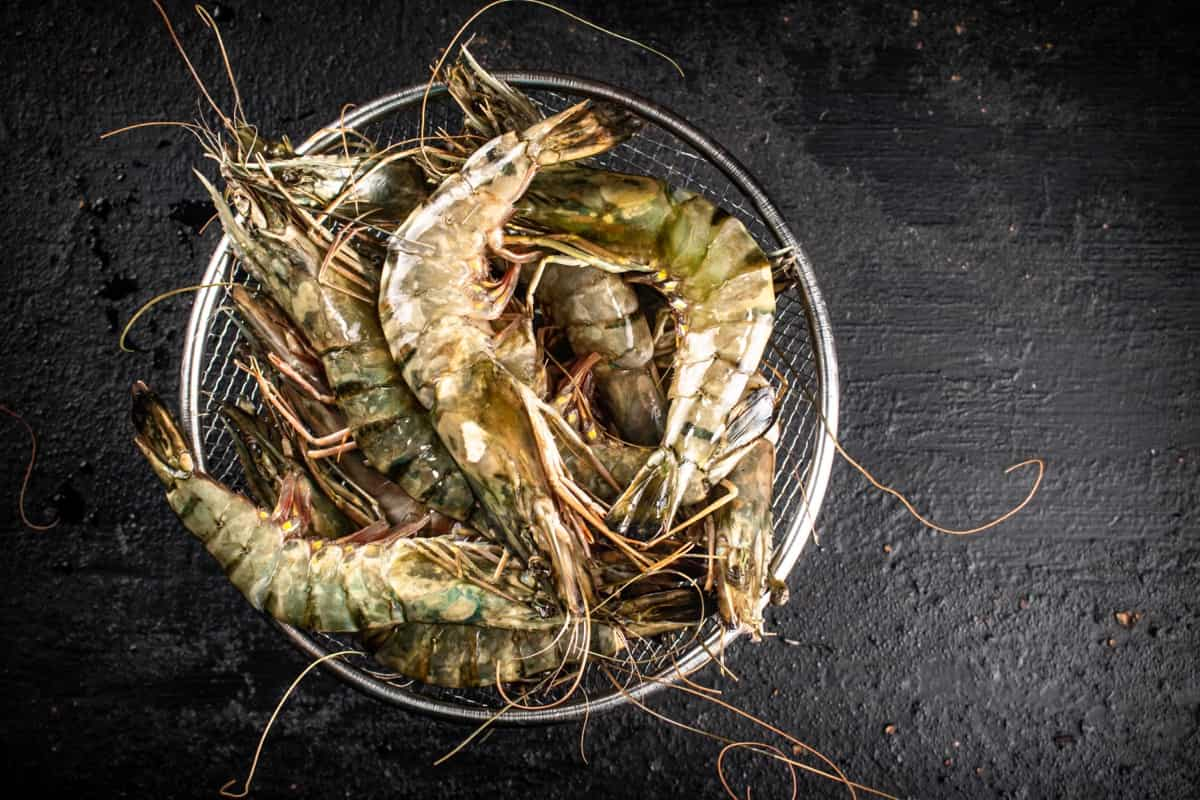
Are Shrimp Farms Profitable in Mexico?
- Despite higher costs, the high prices make shrimp farming highly profitable and conducive to supply growth. Shrimp farming is carried out in coastal regions to enable efficient use of seawater. Also, soil type, continental water flow, tides, and the capacity of the waterbodies for intake and discharge are important elements of shrimp farms.
- Shrimp farming in Mexico is becoming increasingly popular due to the country’s fertile coastal plains, warm climate, and easy access to fresh water. The country’s long coastline makes it an ideal location for shrimp farming.
Main Shrimp-Producing States in Mexico
The main shrimp farming states are Sinaloa, Veracruz, Tabasco, Chiapas, Oaxaca, and Guerrero. Also, Mexico is a major exporter of frozen shrimp products to the United States. Shrimp farming is concentrated in coastal areas near the Gulf of Mexico and along the Pacific coast. The major production zones are Tabasco, Veracruz, Campeche, and Yucatan. Sinaloa is the leading state in farm shrimp production.
Most important Shrimp Species in Mexico
The most cultivated species is the Blue Shrimp, Patiblanco Shrimp or Vannamei Shrimp, Red Tiger Prawns, White Tiger Prawns, Atlantic Salmon, Pink Salmon, and Brown Trout. White tiger prawns are the most important type of shrimp produced in Mexico, accounting for 95% of all production.
Shrimp Framing Systems in Mexico
1. Open-water culture is Mexico’s most common shrimp farming type. It involves raising juvenile shrimp in ponds or coastal waters until they reach maturity and can be sold as fresh or frozen seafood. This method is labor-intensive and requires constant maintenance to provide a proper feeding environment for the shrimp.
In case you missed it: How to Start Shrimp/Prawn Farming from Scratch: Check How this Guide Helps Beginners
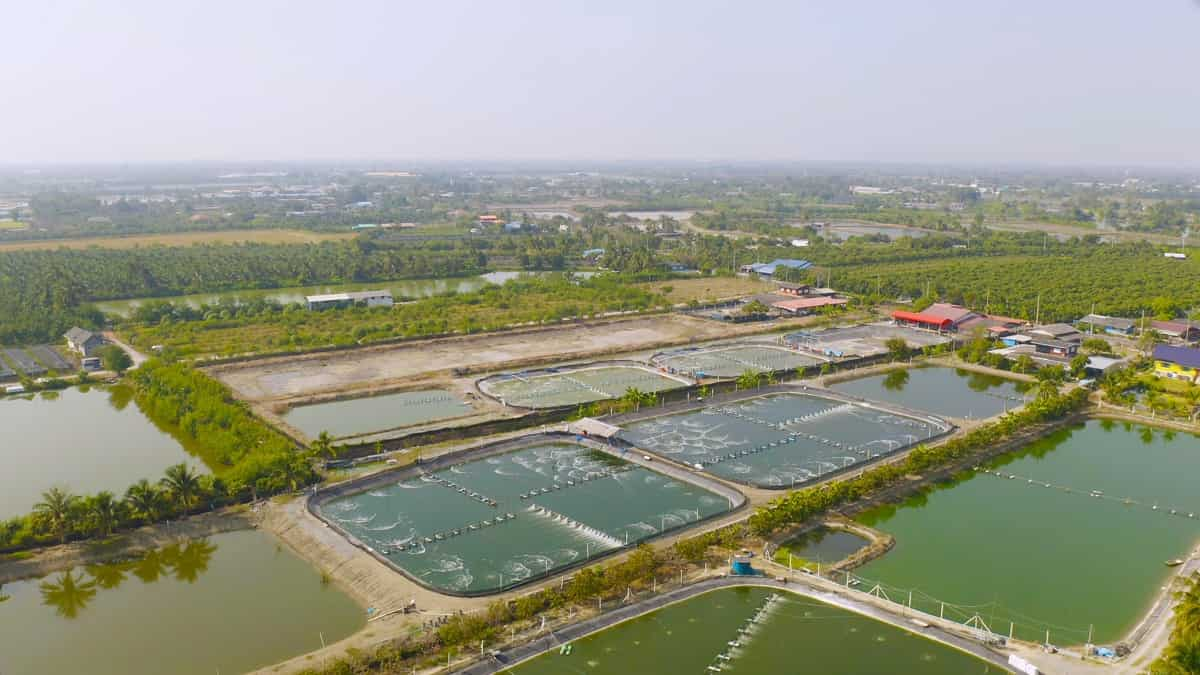
2. Recirculating aquaculture uses a trick to improve the efficiency of open-water culture: The water used for irrigation is circulated throughout a closed system to remain at a consistent temperature. This system is more efficient than open-water culture because it eliminates the need for supplemental feedings; however, it requires more resources than traditional open-water systems.
3. Intensive culture systems use large tanks with solid walls that allow water to circulate freely but restrict movement within the tanks. This system allows farmers to concentrate their shrimp population in small spaces, increasing production efficiency. However, this method is more expensive than other types of shrimp farming because it requires larger facilities.
Create a Shrimp Farming Business Plan in Mexico
1. You must find a suitable site for your shrimp farm. It would help to look for an area with good soil and water qualities and plenty of sunlight. Once you have found a site, you must prepare the land by clearing trees or other growing vegetation.
2. The success of a shrimp farming business in Mexico depends heavily on the organization and management of the farm. A well-managed farm can produce high yields while minimizing environmental impact, but it will require skill and experience to get started.
3. Shrimp farming in Mexico is a complex process with significant financial risks. Securing financing from investors or lenders familiar with the industry is important to offset these risks.
4. Finding a suitable location for your shrimp farm is critical to success. The land can support high yields while minimizing environmental impact, but finding the right property can be difficult and costly. Ensure you maintain good water quality by monitoring pH and ammonia levels. Always use enough feed and fresh water to keep your shrimp healthy and thriving.
5. Once you’ve selected a location for your farm, you’ll need to acquire land and build the necessary infrastructure, such as ponds, cages, and processing plants.
6. Conduct market research to determine the shrimp farming industry’s current and future growth potential.
7. Create a business plan that takes into account the production, marketing, and financial aspects of shrimp farming.
8. Contact local businesses and government officials to promote shrimp farming in Mexico.
9. Secure necessary permits and licenses from local authorities.
10. Build or purchase necessary infrastructure, including ponds, hatcheries, and other facilities needed for shrimp farming.
11. Develop a marketing strategy to attract new investors and customers to your shrimp farm operation.
12. Manage expenses for running a successful shrimp farms operation, such as feed, labor, and equipment repairs/replacement costs.
13. Evaluate the success of your shrimp farm over time and make necessary adjustments to ensure continued profitability.
In case you missed it: Key Rules to Improve Feed Conversion Ratio (FCR) in Shrimp Culture
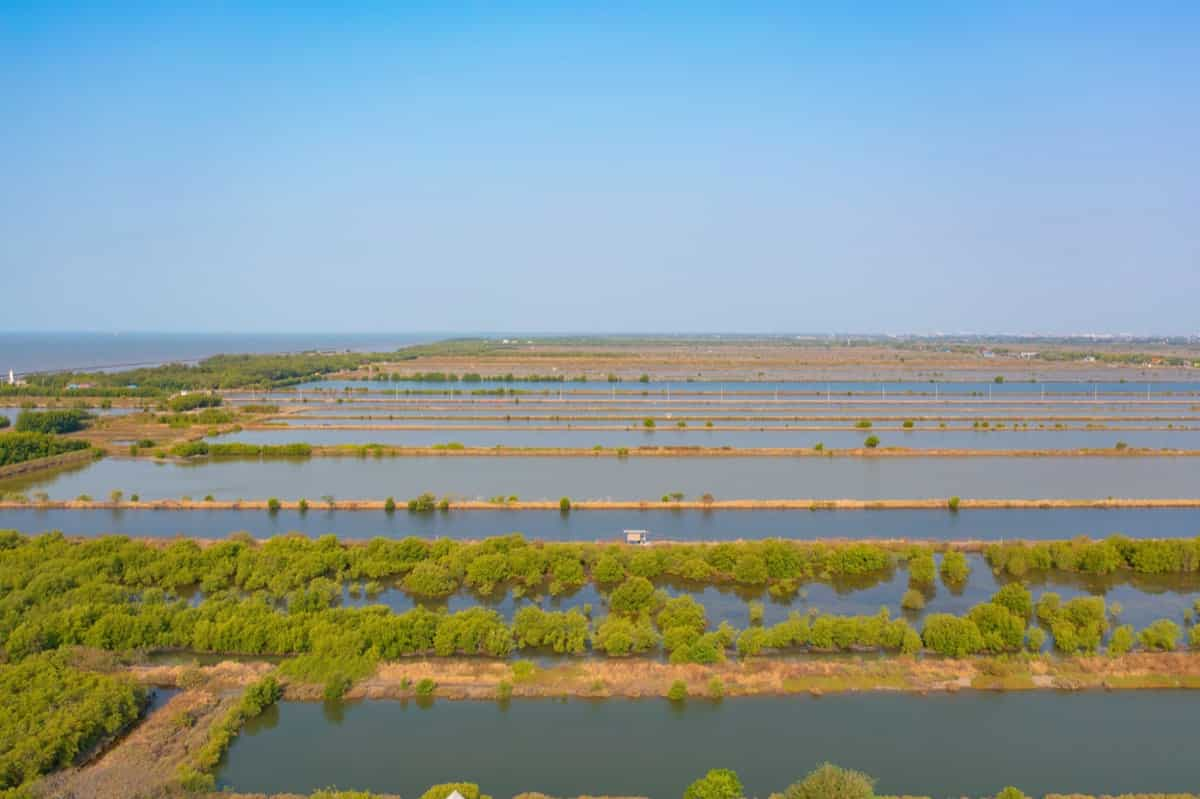
Freshwater Shrimp Farming in Mexico
Mexico is a major shrimp producer, accounting for 42 percent of global production. The country has over 1,700 miles of coastline and abundant freshwater resources. Freshwater shrimp farming in Mexico is a relatively new industry, and the state of Veracruz is leading the way with over 50 farms.
Shrimp farming in Mexico takes advantage of the country’s abundant freshwater resources. The farms use cool water to raise the shrimp in captivity and then release them into the wild once they reach maturity. This method allows farmers to control the number and type of shrimp they produce while benefiting from economies of scale.
Managing the Shrimp Farm in Mexico
Shrimp farming in Mexico is a lucrative business. After you have chosen the species, you need to select a suitable location for your farm. Mexico has a wide range of climates, so that you can find a location ideal for your shrimp. You’ll also need to think about the availability of water and nutrients. Once you’ve selected your location and chosen your shrimp species, it’s time to get started on the hard work of farming shrimp.
Start by installing appropriate facilities like cages, ponds, and hatcheries. Next, start stocking your pens with young shrimp. Feed them commercial feed until they’re big enough to live on their own. Harvesting should be done bi-weekly during the optimal breeding season to prevent overcrowding and disease spread. Once harvest is complete, clean up your pens and prepare for the next growth cycle.
In case you missed it: Making 60 Lakh Per Year from Prawn/Shrimp Farming – A Success Story of an Aqua Farmer
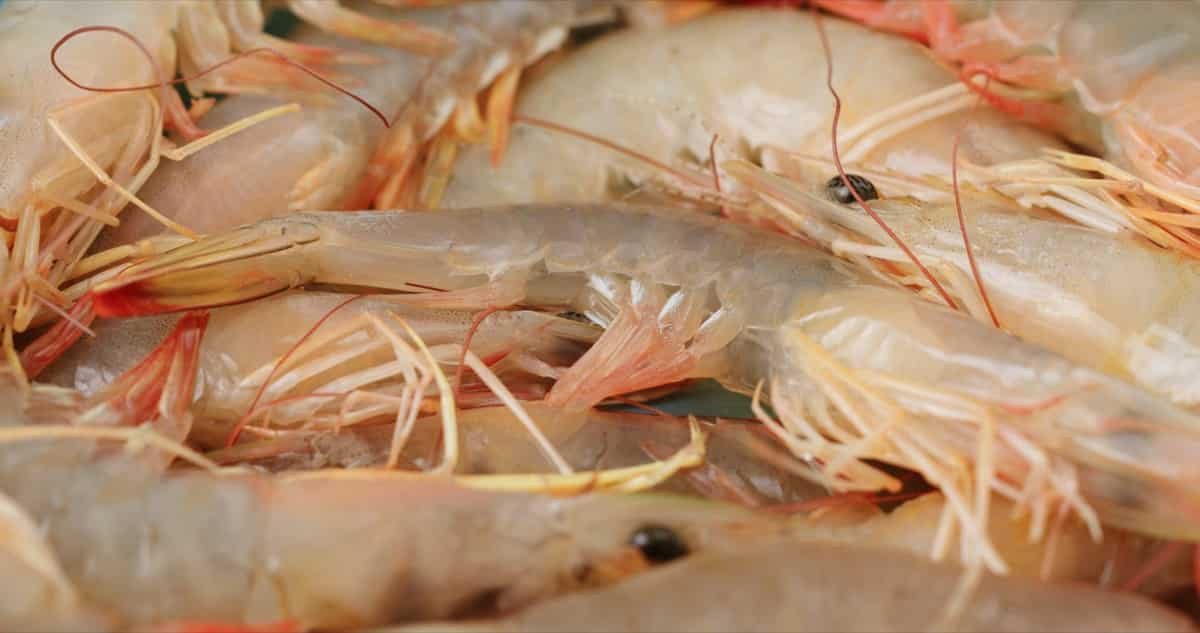
Site Selection for Shrimp Culture in Mexico
- The best locations for shrimp farming in Mexico are coastal zones with warm climates and well-drained soils. Coastal zones with a temperate climate can also be suitable, but they require more heating facilities to maintain proper temperature levels.
- Shrimp culture requires ample freshwater supplies, so sites near bodies of water with good drainage are preferred. However, sites far from freshwater sources may still be viable if adequate rainwater collection capability or desalination plants are available nearby.
- Access to labor is also important when selecting a site for shrimp culture in Mexico. Poorly developed rural areas or isolated communities may have difficulty providing the needed labor force. Instead, sites near major cities with a large population of workers may be better choices.
Pond Design for Shrimp Farming in Mexico
Mexico has a long coastline and plenty of freshwater lakes and ponds that can be used to raise shrimp. The pond size will depend on the number of shrimp you want to farm and the size of your investment. Aquaculture ponds require regular maintenance to keep them healthy and productive. This includes adding fresh water daily, cleaning debris from the bottom of the pond, and aerating it if it becomes stagnant. In addition, you will need to regularly feed your shrimps with food pellets or other nutritious substances.
Key Rules for Starting Shrimp Farming in Mexico
- Choose the right area for your shrimp farm.
- Prepare the land and water properly.
- Get the necessary permits and licenses from government agencies.
- Build the structures and equipment necessary for your shrimp farm.
- You must choose an appropriate location for your farm and invest in appropriate equipment and infrastructure.
- Once your farm is up and running, you must monitor and manage the conditions closely to ensure consistent production of quality shrimp.
- You will need to have a permit from the government. You can apply online or through your local agricultural authority.
- You must ensure your area is free from harmful parasites or other diseases.
In case you missed it: Growing Vegetables and Fish Together in the Backyard: Starting a Backyard Aquaponics
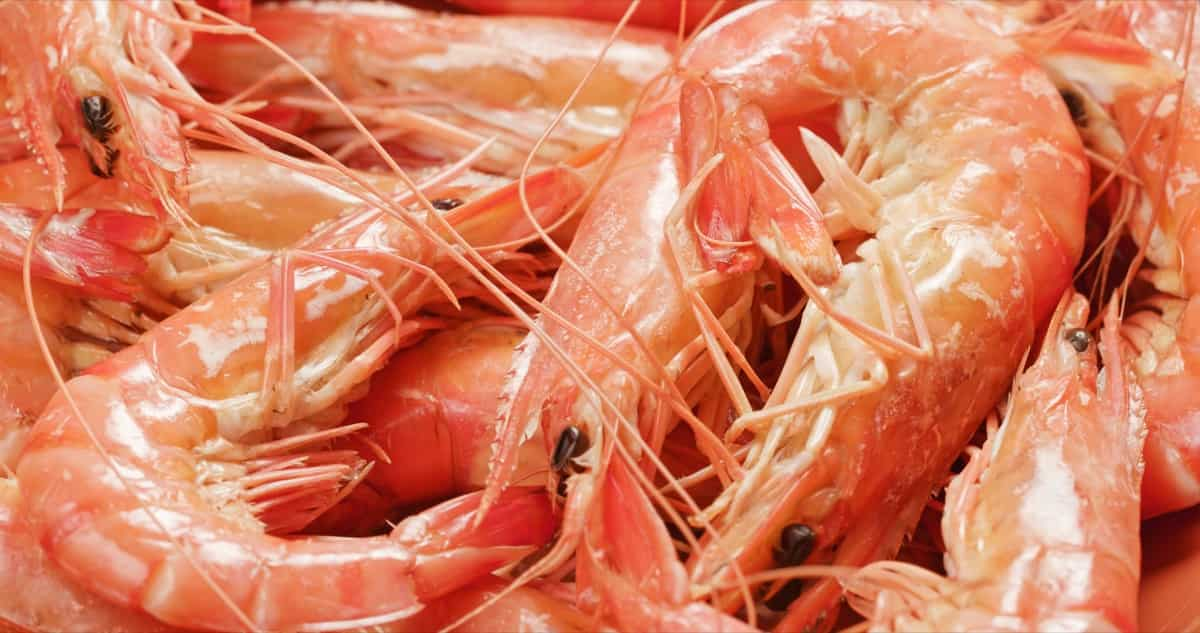
Shrimp Farming Set Up Cost in Mexico
The set-up cost will vary depending on the size and type of shrimp farm you choose, but on average, a small freshwater shrimp farm will cost around $15,000 to set up, while a larger commercial shrimp farm can cost upwards of $40,000. In addition, other costs are associated with shrimp farming, such as housing, feed, and labor.
Feeding for Shrimp Farming in Mexico
- The feed for shrimps raised on Mexican farms consists primarily of fresh water and vegetables. However, some farmers add animal protein to their feeds to increase production rates. Shrimp farming in Mexico is labor-intensive, typically requiring at least six workers per pen to harvest the shrimp.
- Feeding shrimp requires a high level of nutrition, and farmers use a variety of feed sources to provide this essential nutrient. The most common feeds used in Mexican shrimp farms are fishmeal, cereal grains, soybeans, and molasses.
Shrimp Farming Challenges in Mexico
Mexico has a long coastline, making it an ideal location for shrimp farming. However, the country lacks the necessary infrastructure to support this industry. The Mexican government is currently working to address these issues by funding projects to improve seafloor navigation, expand water storage capacity, and develop processing facilities.
Another challenge facing the shrimp farming industry in Mexico is competition from other agricultural industries. Shrimp is a small feed item relative to other livestock, so they have limited room on the market. To compete, farmers must produce high volumes of shrimp at low cost. This requires extensive equipment and technology investment and strict environmental regulations that reduce input costs.
Climate change also poses a challenge to the shrimp farming industry in Mexico. Shrimp need cold water temperatures to survive and reproduce, but global warming is causing ocean temperatures to rise. This could disrupt shrimp populations throughout their range and reduce demand for Mexican shrimp products abroad.
The significance of these challenges has been the lack of freshwater resources available for shrimp production. Many shrimp farms have started using aquaculture ponds that use treated water from other industrial processes to overcome this challenge. Several farmers are also using desalination units to produce freshwater for their farms.
Despite these challenges, shrimp farming remains a lucrative business in Mexico. The country has a long coastline and plenty of freshwater resources, making it an ideal location for this type of agriculture. As long as there is a continuing demand for shrimp worldwide, Mexican shrimp farms will remain successful businesses.
In case you missed it: Greenhouse Farming in Uttarakhand: Crops, 1 Acre Greenhouse Cost, Subsidy, and Loans

Shrimp Farming Loans and Subsidies in Mexico
Mexican shrimp farmers get most of their funding from government loans and subsidies. The government provides loans to help farmers get started in the industry and ongoing support to help them stay afloat. In addition, the government offers price support to encourage producers to sell their products at a low price to give consumers an affordable option. Shrimp farming in Mexico is profitable, and there are plans to expand production. The country’s growing population is in demand for seafood and increasing global awareness of the benefits of seafood consumption.
Conclusion
Mexico is one of the top producers of shrimp in the world, and the industry is expected to grow even further in the coming years. Shrimp farming is especially popular in Mexico because of the warm tropical climate. Mexico is also one of the world’s top shrimp-producing countries. Mexico is one of the world’s leading shrimp producers. The country has a long coastline, plenty of freshwater lakes and rivers, and salt water, making for ideal shrimp farming conditions.
- Modern Sheep Farming Technology: The Future of Sheep Husbandry
- Goat Farming Technology: The Future of Goat Husbandry
- How to Build a Low-budget Goat Shed: Cheap Ideas and Tips
- Goat Farming Training Programs in India: A Beginner’s Guide
- Types of Pesticides Used in Agriculture: A Beginner’s Guide
- Economical Aquaculture: A Guide to Low-Budget Fish Farming
- 15 Common Planting Errors That Can Doom Your Fruit Trees
- How to Make Houseplants Bushy: Effective Tips and Ideas
- Innovative Strategies for Boosting Coconut Pollination and Yield
- Pollination Strategies for Maximum Pumpkin Yield
- The Complete Guide to Chicken Fattening: Strategies for Maximum Growth
- Natural Solutions for Tulip Problems: 100% Effective Remedies for Leaf and Bulb-Related Issues
- Revolutionizing Citrus Preservation: Towards a Healthier, Greener Future
- Natural Solutions for Peony Leaf and Flower Problems: 100% Effective Remedies
- Maximizing Profits with Avocado Contract Farming in India: A Comprehensive Guide
- Natural Solutions for Hydrangea Problems: 100% Effective Remedies for Leaf and Flowers
- The Ultimate Guide to Choosing the Perfect Foliage Friend: Bringing Life Indoors
- From Sunlight to Sustainability: 15 Ways to Use Solar Technology in Agriculture
- The Ultimate Guide to Dong Tao Chicken: Exploring from History to Raising
- The Eco-Friendly Makeover: How to Convert Your Unused Swimming Pool into a Fish Pond
- Mastering the Art of Delaware Chicken Farming: Essentials for Healthy Backyard Flocks
- 20 Best Homemade Fertilizers for Money Plant: DIY Recipes and Application Methods
- How to Craft a Comprehensive Free-Range Chicken Farming Business Plan
- Brighten Your Flock: Raising Easter Egger Chickens for Beauty and Bounty
- How to Optimize Your Poultry Egg Farm Business Plan with These Strategies
- Subsidy for Spirulina Cultivation: How Indian Government Schemes Encouraging Spirulina Farmers
- Ultimate Guide to Raising Dominique Chickens: Breeding, Feeding, Egg-Production, and Care
- Mastering the Art of Raising Jersey Giant Chickens: Care, Feeding, and More
- Ultimate Guide to Raising Legbar Chickens: Breeding, Farming Practices, Diet, Egg-Production
- How to Raise Welsummer Chickens: A Comprehensive Guide for Beginners
- How to Protect Indoor Plants in Winter: A Comprehensive Guide
- Ultimate Guide to Grow Bag Gardening: Tips, Tricks, and Planting Ideas for Urban Gardeners
- Guide to Lotus Cultivation: How to Propagate, Plant, Grow, Care, Cost, and Profit
- Agriculture Drone Subsidy Scheme: Government Kisan Subsidy, License, and How to Apply Online
- Ultimate Guide to Raising Araucana Chickens: Breed Profile, Farming Economics, Diet, and Care
- Bringing Hydroponics to Classroom: Importance, Benefits of Learning for School Students